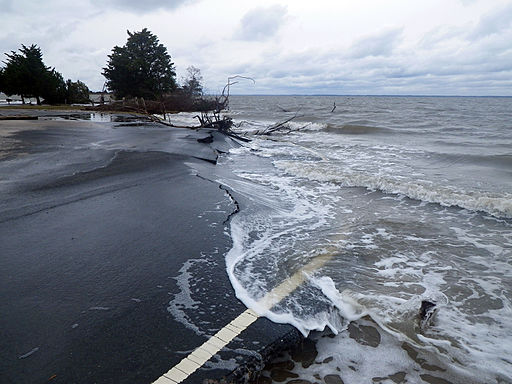Researchers reveal add-on benefits of natural defenses against sea-level rise
Posted
Last Updated
Researchers modeled how investing in environmental conservation and protection can help San Mateo County adapt to rising seas. The findings provide incentives for policymakers to prioritize nature-based approaches when planning for sea-level rise.
Investments in the environment are paying off for a California county where projects designed to restore the natural environment are also buffering the impacts of sea-level rise, according to a new study by Stanford researchers. The research, published June 9 in Urban Sustainability, shows that nature-based solutions, such as conserving marshlands and restoring beaches, can be as effective as concrete seawalls at protecting against sea-level rise while providing extra benefits. Those benefits, such as opportunities for recreation, climate change mitigation through carbon storage, and nutrient pollution reduction, provide incentives for policymakers to prioritize nature-based solutions for sea-level rise.
“We’re uncovering new benefits of decisions that have already been made about conservation or restoration efforts,” said study lead author Anne Guerry, chief strategy officer and lead scientist at Stanford University’s Natural Capital Project. “Our models show how communities can reap more benefits as they invest more in nature.”
Guerry co-authored a paper last year showing how traditional approaches to combating sea-level rise can create a domino effect of environmental and economic impacts for nearby communities. The new research is the product of a partnership between San Mateo County, the San Francisco Estuary Institute, and Stanford’s Natural Capital Project to develop an actionable, science-driven plan to combat sea-level rise.
Modeling solution
Using input from stakeholder workshops and scientific explorations of the suitability of stretches of shoreline for restoration of different coastal habitats, the researchers modeled three scenarios for adapting to sea-level rise. The first scenario envisioned the county’s entire San Francisco Bay coastline lined with concrete seawalls, a traditional solution for holding back the sea.
Read more at earth.stanford.edu

